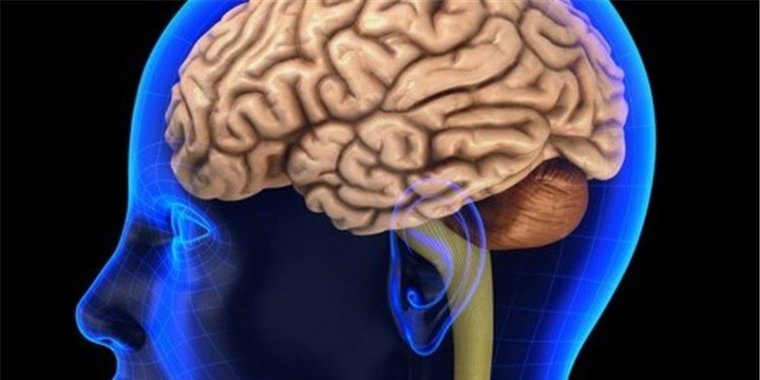| Health / Health News |
Study in Teens Shows Brain Responses to Rewards Linked to Pain Sensitivity
"Distributed" feedback patterns to rewards predict heightened pain sensitivity, according to the new research led by Frauke Nees, PhD, Central Institute of Mental Health, Medical Faculty Mannheim, Heidelberg University, Mannheim, Germany. The results might provide a first step early in life in identifying possible risk factors for future pain complaints.

Brain Responses to Rewards Linked to Pain Sensitivity. ![]()
A group of more than 600 European adolescents were studied at two times. At ages 14-15, the teens participated in an experiment in which they could earn rewards -- in the form of M&M's candies -- for performing a computer task.
Functional magnetic resonance imaging (fMRI) scans were performed to examine how the brain processed these rewards. Two years later, the teens were evaluated on a commonly used pain symptom scale.
Patterns of reward processing at age 14-15 were evaluated as predictors of pain complaints at age 16-17. The study also examined the effects of two variants of the mu-opioid receptor gene (OPRM1) that have previously been linked to differences in pain processing.
The results showed that reward-related feedback responses in a brain area called the dorsal striatum at age 14-15 predicted the magnitude of pain symptoms at age 16-17.
Whereas responses in another brain area called the ventral striatum have been linked to reward processes, the dorsal striatum has been implicated in planning, motor (movement) processing, and habit learning.
For one of the two OPRM1 variants studied, pain complaints were predicted by reward feedback-related responses in a more widely distributed brain area, including the ventral striatum. Teens with this genetic variant had a higher magnitude of pain responses.
Pain and rewards are considered "opponent yet interacting processes" involving partly similar brain regions.
Identifying brain responses to rewards and their association with pain symptoms may help in understanding the neurological basis of pain-related behaviors and lend new insights into the brain areas involved in the critical transition from acute to chronic pain. (Tasnim News Agency)
YOU MAY ALSO LIKE



